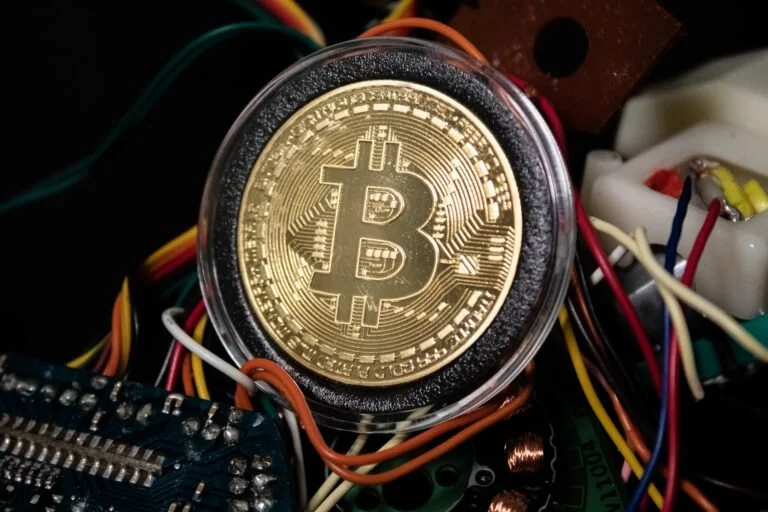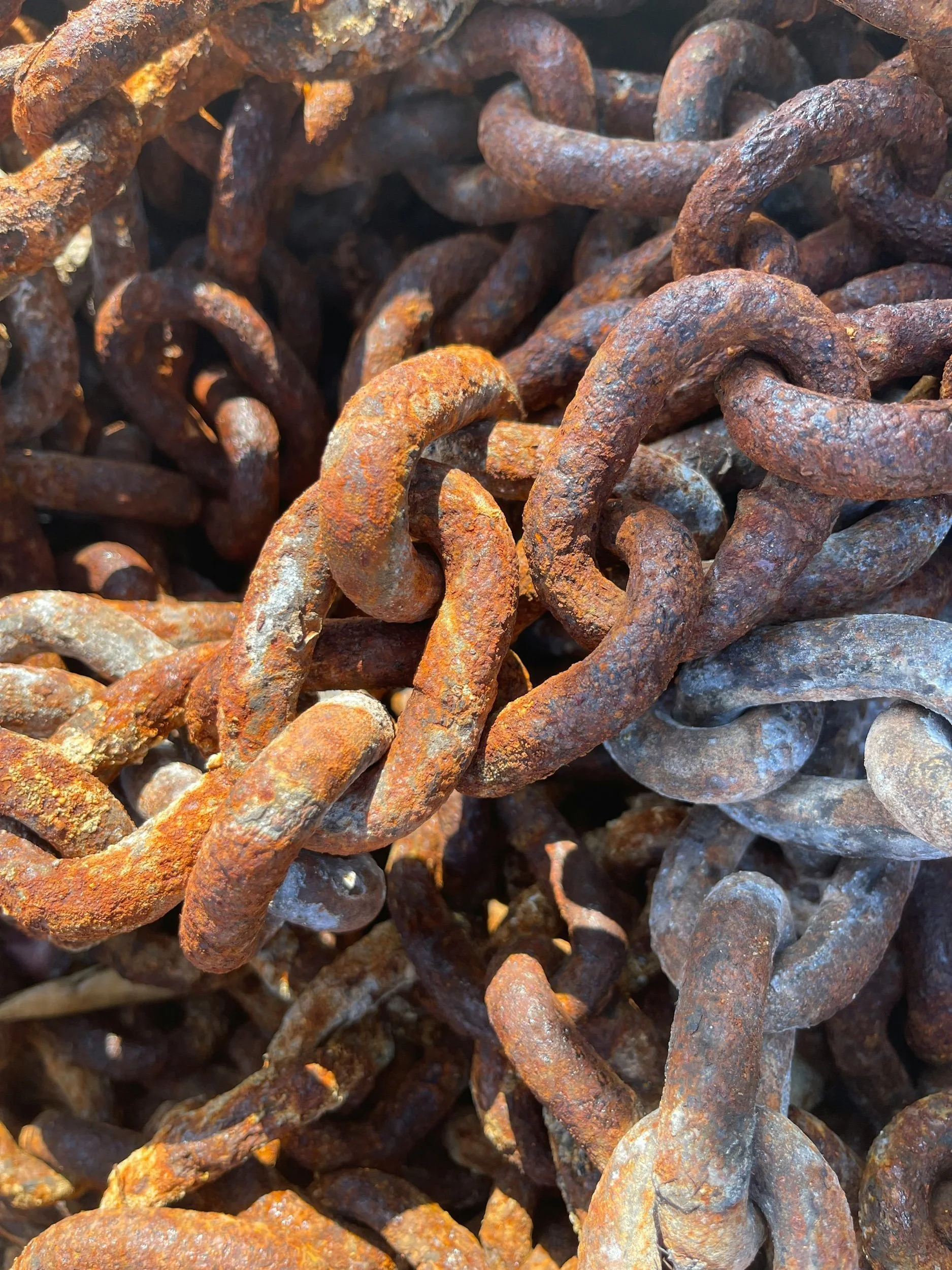image by Adam Nir
The banking system we use today operates on a system known as Fractional Reserve Banking (FRB). Almost all countries use this system and you may be very surprised to find out how it actually works.
What is it?
FRB is the system used by the world (from retail banks to the major commercial banks) It’s called this because banks hold in reserve only a fraction of their deposit liabilities (put simply, it means the bank doesn’t actually have your money).
Banks are required to hold a certain proportion of their deposit liabilities in reserve (normally stipulated by central banks). In USA, the reserve requirement is 10%, in France 1% and some have no reserve requirement (Hong Kong). It is normal for banks to hold slightly more than the amount they’re required to have in reserve (known as “excess reserve”).
A history of fRB
FRB grew out of the difficulties encountered by a fragmented and underregulated banking sector in the nineteenth century. It was a solution to the previous generation of problems. The beginning of all transaction is barter. Things get rather tricky: buying a range of different goods with a single animal is obviously complex and inconvenient, storing wealth is difficult, investing it in new projects even more so, and agreements to deliver later (say, at harvest time) must somehow be formalised.
The solution to barter is therefore money. Precious metal money, silver and gold, speaks for itself: such a weight of gold is worth so much, everyone knows its value, and — at least when compared to animals or bags of coffee — it is portable and durable, scarce, with a strictly limited supply and reliable value.
To ensure the soundness of gold and silver in circulation it became imperative to focus on franking (coin-making). Goldsmiths struck coin, under commercial or state authority, to show that their coins had a certain weight and purity. The label on the coin now spoke for the gold. You now trusted, not the gold, but the goldsmith or his employer.
The natural result was to separate the label from the metal, creating paper money, an innovation which dates to the seventeenth century in Europe and to the seventh century in China. Transactions were made with these notes, representing a promise to pay. Laws increasingly required them to be treated as money.
banks come of age
With the creation of notes, banks now entered everyday and most major transactions. Instead of taking coins to a vendor, a purchaser took money to the bank. When the time came to pay someone, he had the bank move money from his account to the other person’s (actually, no money is moved; the bank debits one account and credits another). The advantage for merchants, and eventually for ordinary consumers is that the bank guarantees the transactions. However this separation of metal and its transaction value created two problems.
1) Issuing authorities were often smaller than trading areas. In the Italian renaissance, merchants kept enormous tables for converting city-state currencies into each other, meaning buying things from a few miles away might require several conversions. This costs time and money, so the solution was to implement larger and larger common currencies, replacing smaller regional and city-sized issuers with first gold-backed and then fiat modern state currencies.
2) The start of fractional reserve banking. Accept gold as a deposit, write a receipt or note for it, and lend the same value of gold again to someone else. Initially this worked well but once the label and the metal were separate, goldsmiths, and later banks, were subject to an obvious temptation. Lend the same gold twice — issue two sets of receipts, banknotes, for one deposit — and you could make twice the profit, while financing twice the economic growth. This is only an issue if the holders of the notes for that gold both came and asked you for it at the same time
When too many customers simultaneously wanted their gold the result was a run on the bank. Reserves were emptied, it went out of business and its remaining banknotes had to wait a century to become collectors’ items. Savers and investors relying on the bank were ruined along with it, through no fault of their own and with obvious negative effects on the economy.
“In replacing cash with credit, banking had replaced certainty with instability”
There are 2 solutions to this problem:
1) Impose 1:1 reserve requirements
2) Create a pile of banknotes so large that a run was nearly impossible. This would be best in the form of a single currency, based on the reserves of a single bank and issued by this bank (Central banking)
The guarantor
These central banks would act as guarantor of value to the consumer and guarantor of solvency to the banks. All that was required was for them to follow the rules the central bank for their deposits to be backed. As long as there was not a run on every bank at the same time, central banks could stabilise FRB. The first modern central bank was the Bank of England (1694). The gold standard was abandoned during the first world war - rather than entitling the bearer to a certain sum of gold it entitled them to a certain proportion of the economic product of the issuing nation. Its value was backed only by government say-so and there was no choice but to accept it, and only it, as payment.
“Fiat currency (from Latin fiat, “act”) had arrived”
Returning to a gold standard would leave the banking system inflexible and the economy undercapitalised. This is when we get a new problem, inflation - the new equivalent to a run on the bank was hyperinflation (which destroys the value of money by making too much of it). If there was to be fiat currency, it must be managed and this became the role of central banks. They created physical money (coins and banknotes) - either according to government plans or according to their own methods of economic planning. Spending money into existence, buying economically nonviable assets (such as mortgage-backed securities during the subprime crisis) and both backing and managing commercial banks through interest rates became the business of central banks.
When you borrow money from a bank, they’re not spending multiples of gold deposits.
“They’re lending out ten times their dollar reserves, which in turn are backed by the central bank. If called on, will print the necessary banknotes or call the necessary deposits into existence”
Banks become originator
FRB might sounds like an unstable system, opaque and confusing, with no real value at bottom However, it is actually a very clever system for creating money to cover real economic value. Banks were once intermediaries (would offer to guarantee that your money was good, and their guarantee was as good as gold). But today they create money, and commercial banks create significantly more than central banks.
Central banks print money or spend it into existence to manage the economy, increasing the money supply to stimulate economies in recession. However 97% of the money supply is in bank deposits, and this money is overwhelmingly created by commercial banks which create money by issuing debt. (When a bank gives a loan, it simply creates the money it lends. It doesn’t transfer the loan into the lendee’s account — it writes a given sum into its internal ledger under that lendee’s name. The money, which is to say, the bank’s word that the money exists, has been created as a debt to one of its customers) - be sure to what the video linked below this article or linked here.
There are massive dangers in creating money without reference to value; inflation continues to be a real risk, but it is less dangerous to most of us than a banking system that cannot lend money to two businesses at once because there isn’t enough gold. The money created by banks finances the creation of real value.
But the lesson is simple:
“Don’t save currency (fiat), save in something that has value”
Disclaimer:
This publication is general in nature and is not intended to constitute any professional advice or an offer or solicitation to buy or sell any financial or investment products. You should seek separate professional advice before taking any action in relation to the matters dealt with in this publication. Please also note our disclosure here
Prof. Werner brilliantly explains how the banking system and financial sector really work














